A new study has found that “waviness” in forests of vertically-aligned carbon nanotubes dramatically reduces their stiffness.


A new study has found that “waviness” in forests of vertically-aligned carbon nanotubes dramatically reduces their stiffness.
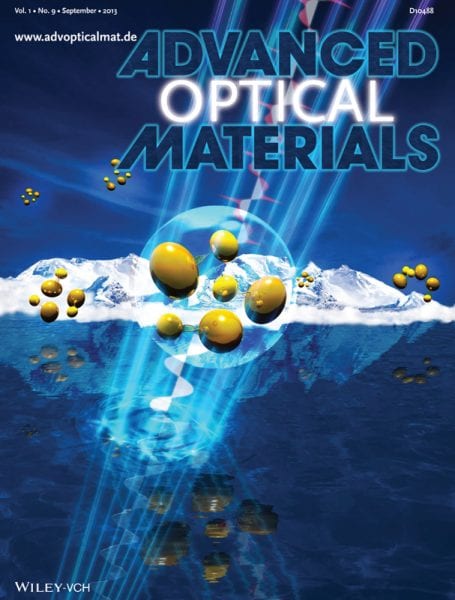
ICN2 and UAB researchers have just reported a new type of fast-response photochromic film that they have developed using oil-filled polymeric cores.

A new tool enables biomechanical studies of individual cells, laser-propelling red blood cells over long distances and monitoring their deformation.

Optical fibers are approaching their useful design limit – a new video abstract discusses possible solutions for this essential technology.
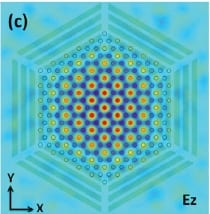
A robust surface emitting continuous-wave terahertz quantum cascade laser has been realized in a two-dimensional photonic crystal structure.
Guest writer Geoffrey Ozin, of the University of Toronto, addresses the difficult problem of reproducing synthesis results in nanochemistry.

A rapid way of diagnosing anaemia using microwave technology being developed into a point of care device for hospitals and the home.
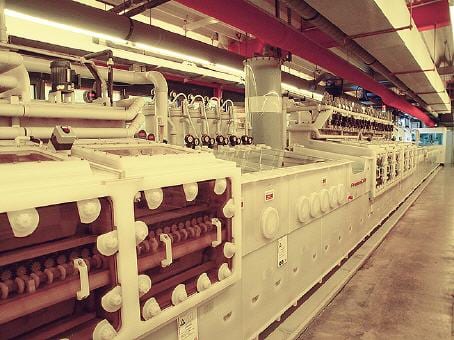
The Germany company Akon revolutionized the entire electronics industry with a precise and environment friendly etching technology.
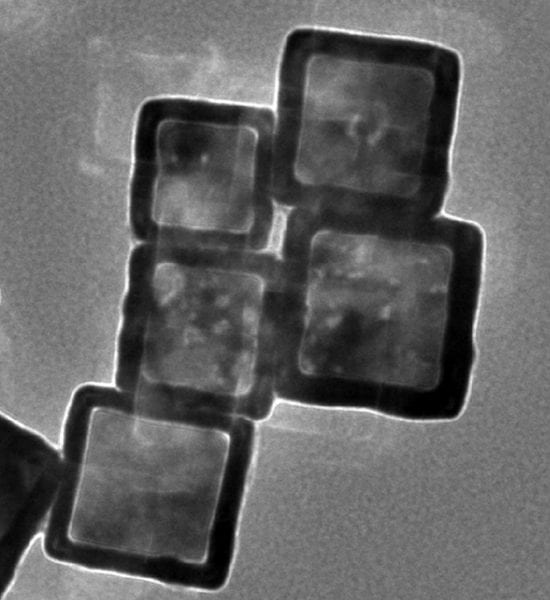
A noninvasive, controlled method of drug delivery via functionalising gold nanocages for Alzheimer’s disease therapy increases the therapeutic efficacy of chelation therapy.
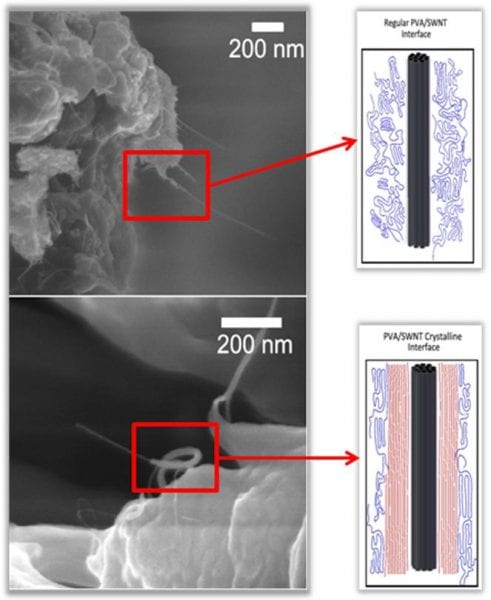
Shear-flow spinning used to produce poly(vinyl alcohol)/ single-wall carbon nanotubes composite fibers with high nanotube loadings and a unique combination of high-performance properties.